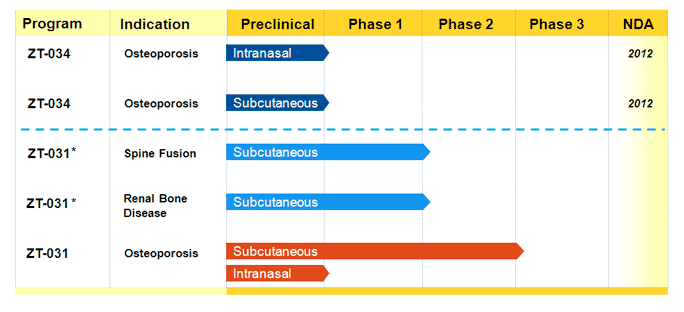Should companies be able to patent human genes?
That is the interesting question that struck me after reading Sam Kean’s informative article in the February 4 edition of Science. Ten years on from the sequencing of the Human Genome, the patenting of human genetic information presents unique challenges at the interface of science, law and innovation.
Researchers have obtained patents for isolating different sections of DNA that occur naturally in our bodies. Whether this should be permitted is still open to debate. Currently, diagnostic companies who want to launch a new cancer test face the challenge that patents now cover many genes.
The Science article cites start-up Foundation Medicine in Cambridge, MA who estimated the cost of investigating possible patent infringement for a new diagnostic test at $35M, a cost that exceeded the company’s $25M of VC funding.
Add in the costs of any royalties or licensing fees and the issue of prior patents is now a nightmare for any diagnostics company. It is simply not practical to license every gene that may be implicated in a multifactorial disease such as diabetes. Pre-existing patents have become a barrier to market entry.
As the Science article reports, gene patents cover not only very small snips of DNA, as short as 15 nucleotides, but can prohibit the sequencing of associated DNA. Companies such as 23andMe that sequence an individual’s genome to test for the presence of certain genes may be violating patent rights of others.
What’s more so called “method” patents cover the linking of a gene sequence with a specific medical condition.
As advances in personalized medicine continue, there is a need to balance the competing interests of protecting scientific discovery and rewarding innovation, while at the same time allowing access to human genetic information that many think should be “free to all men and reserved exclusively to none.” Quotation from Bilski v. Kappos, 130 S.Ct. 3218, 3225 (2010)
A law suit currently on appeal to the US Court of Appeals for the Federal Circuit may lead to a change in the current practices of the US Patent & Trademark Office. The American Association of Pathologists and others have challenged several patents relating to the breast cancer genes BRCA1 and BRAC2 held by Myriad Genetics and the University of Utah Research Foundation.
BRCA1 and BRCA2 genes are associated with an increased risk of breast and ovarian cancer. The US district court for the Southern District of New York in a surprise decision by Judge Robert Sweet, invalidated Myriad’s patents. The New York Times article about the case has a link to the Judge’s 156 page opinion. The decision that isolated but otherwise unaltered DNA should not be patentable is now being appealed by Myriad.
In their legal brief, arguing for the decision to be upheld, the United States Government states:
“The fact that a particular segment of the human genome codes for the BRCA1 protein in a human cell, for example, rather than for adrenaline or insulin or nothing at all, is not within the power of science to alter. Such basic natural relationships may not be the subject of a patent.”
If the District Court’s decision is upheld on appeal, it would represent a fundamental policy shift on what patents can be obtained for human genetic information. Such a decision would prevent Myriad from charging royalties and exclusivity for the genetic testing of BRCA1 and potentially invalidate similar types of patents. Depending on your point of view this will either harm the biotechnology industry or increase the market opportunities.
Given the stakes involved, it is likely the Myriad case will end up being considered by the United States Supreme Court, and what they may decide is anyone’s guess.
To read more in-depth analysis about the Myriad case and the legal issues involved with the patenting of genomic information, I strongly recommend the “Genomics Law Report”, a blog written by Dan Vorhaus and others.
Ten years after the human genome was sequenced we are still working out the intellectual property rights. The question as to whether companies should be allowed to patent unaltered human genes is one that will be answered in the not too distant future.
